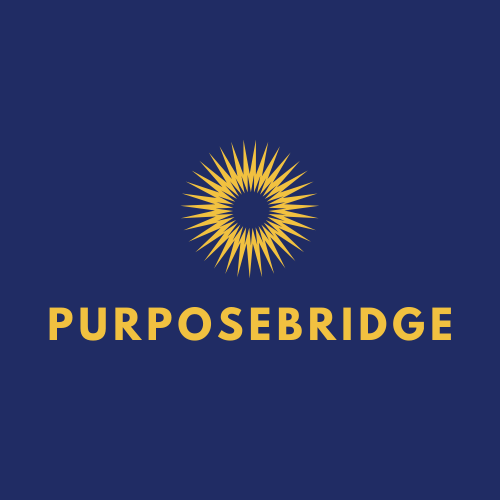All about SPAM
- James Stanbridge
- Sep 28, 2020
- 3 min read
It must be the time of year! This week, clients are asking a lot of questions about managing Spam email, to be specific,
How can I avoid my newsletter and email landing in my customer' junk folder?
Incidentally, this is something I have been involved in professionally for many years - at one point in my career, working for Microsoft, I was responsible for the white list/blacklisting processes because, at that time, Yahoo and Microsoft were running out of physical disk space to store the exponential rise in spam emails that we were both having to store.. But I digress!
Here are some tips I have collected that you should pay attention to if your marketing emails are dropping into your client's Spam boxes:
1) You MUST have permission before sending an email to a client. It should be your first rule of email marketing and never buy a list of emails or obtain them through any other means. This is known as OPT-IN. All the modern email services, Mailchimp, HubSpot, etc will allow you to manage your opted-in status. If you fail to pay attention to this first rule your reputation will fall to toxic in the automated systems that Gmail, Hotmail, and all the major email providers subscribe to. If you stop reading here, please pay attention to this rule, because, actually, it is not just good practice, it is the law.
2) This surprises everyone I coach or advise - your message must include your valid physical postal address. This can be your current street address, a post office box you’ve registered or a private mailbox you’ve registered with a commercial mail receiving agency. It’s all about having some degree of traceability. You’ll notice that nearly all professional businesses include their physical address toward the bottom of each email.
Clients who most commonly make this mistake are the small business owners who work out of their home simply because they don’t want to have their home address advertised to the masses. And what could be more understandable? However, I advise you to get a P.O. box that you can use in lieu of your home address if this is the case for you.
3) Now for the subject line: It is easier to be marked as spam due to your subject line than anything.
Email spam filters still look at the content within your email to decide whether it goes into the spam folder of your customer’s inbox. Saying things like “Double your income!” or “You’re a Winner!” is a surefire way to gain unwanted attention from those filters.
But I bet some of the questionable “trigger words,” which are a red flag and you’re email is likely to be sent to spam even if you have the best of intentions, will be a big surprise to you.
This is just a small selection of the words you must avoid:
Opportunity Discount Free Chance Home Problem Remove Success Teen Wife Problem Dear Friend Hello Click Marketing Solutions Month trial offer Lose Weight Trial Free Consultation Free Trial Free Offer Now Expires Urgent
Surprised? Check out an even bigger list here: https://blog.hubspot.com/…/The-Ultimate-List-of-Email-SPAM-…
4) Watch out for overuse of Canva and other images. Canva is my most used online tool, day in day out, Incorporating visuals into marketing campaigns has never been more popular.
In fact, creating visual content is a top priority for 55 percent of Business 2 Consumer content creators. So it’s easy to see why many marketers would want their emails to be image-heavy. It’s simply a matter of aesthetics.
But Email on Acid (https://www.emailonacid.com/…/does_text_to_image_ratio_affe…) explains that using a large image with minimal text can sometimes get you into trouble.
Here’s what they have to say on the matter:
The idea is that image-heavy emails without much text can raise a red flag for spam filters. This theory was formulated because spammers sometimes display information in large images instead of text so that the filter programs cannot ‘read’ the content.
And this makes sense, and I can see why algorithms would be created to flag image-centric emails. Spam filters could easily misconstrue this type of email and think you’re scammer when in reality you’re simply trying to give subscribers some eye candy.
So you need to be aware of this fact.
Now, this isn’t to say that you shouldn’t use images. That’s not the advice at all. But you should be aware of your text to image ratio and strive for 60/40, meaning that your email should be roughly 60 percent text and 40 percent image.
Stick with this formula and you should be in good shape.
#businessowner #businesscoach #businessgears #executivecoach #networkingwithadifference #entrepreneurs #igniteyourideas #supportlocal #coworkingspace #freelancer #networking #womeninbusiness #fearlessAF #entrepreneur #entrepreneurlife #chichesterbusiness #coworkingspace #freelancer #networking #chichesternetwork #smallbusiness #chichesternetworking #chichesterbusinesses #sussexlife #coworking #chichester #westsussex #bettertogether #localbusiness


Comments